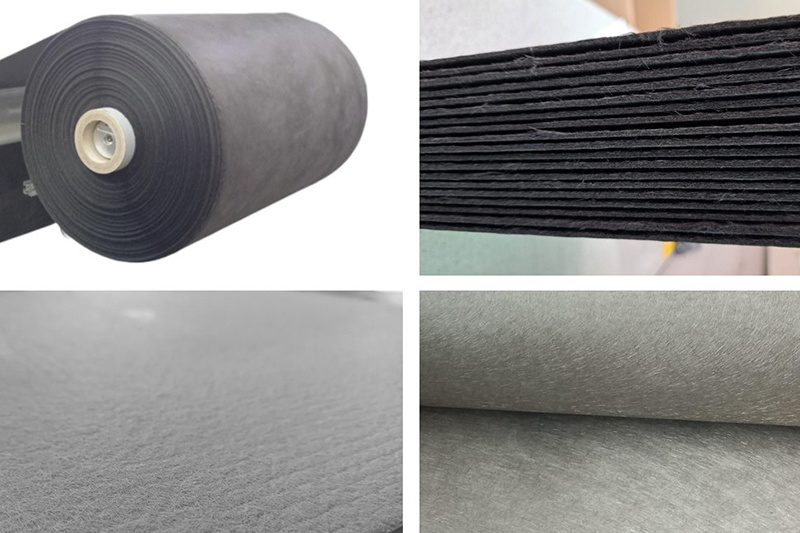Analysis of the current situation of the development of China's carbon fiber industry
arbon fiber is a kind of inorganic fiber with carbon content higher than 90%. It is made by cracking carbonization of organic fibers at high temperature to form carbon main chain structure. Carbon fiber has excellent mechanical and chemical properties.
Release time:
2024-10-24
I. Introduction and Classification of Carbon Fiber
Carbon fiber is a kind of inorganic fiber with carbon content higher than 90%. It is made by cracking carbonization of organic fibers at high temperature to form carbon main chain structure. Carbon fiber has excellent mechanical and chemical properties. As a new generation of reinforcing fibers, carbon fiber has the inherent characteristics of carbon materials, but also has the softness of textile fibers can be processed, widely used in new energy, transportation and other fields.
Main properties and characteristics of carbon fiber
Carbon fiber can be classified according to the type of filament, manufacturing conditions and methods, mechanical properties, fiber morphology, tow size and other dimensions, and different types of carbon fibers have different applications in different fields. Among the raw silk types of carbon fiber, polyacrylonitrile (PAN)-based carbon fiber occupies the mainstream position, the production accounted for more than 90% of the total carbon fiber, viscose-based carbon fiber is less than 1%.
Carbon fiber classification and characteristics
Second, the global carbon fiber industry development status
In 2019, the total global demand for carbon fiber reached 104,000 tons, an increase of 12% year-on-year, and the amount reached 2.87 billion U.S. dollars, an increase of 11.6% year-on-year.The compound annual growth rate of the global demand for carbon fiber from 2008 to 2019 was 10.12%. This is the first time in more than 60 years of global carbon fiber development demand exceeded 100,000 tons mark, directly reflecting the continued expansion of carbon fiber downstream demand. As countries increase investment in carbon fiber, the core technology will continue to breakthrough, greatly shortening the next 100,000 tons of demand growth in time, 2025 global demand for carbon fiber will reach 200,000 tons, 2030 will reach 40-50 million tons.
Third, China's carbon fiber industry development status
China's carbon fiber demand is rapidly rising, 12 years of growth of nearly 5 times. 2008-2019 China's carbon fiber demand increased from 0.8 million tons to 38,000 tons, with a compound annual growth rate of 15.22%, in 2019 China's carbon fiber demand accounted for 36% of the total global demand. It is expected that by 2025, the total demand for carbon fiber in China will reach 119,000 tons
China's carbon fiber demand mainly comes from wind turbine blades, sports and leisure fields, and in 2019 China's carbon fiber demand for wind turbine blades was 13,800 tons, with a year-on-year growth of 72.5%, accounting for 36.5% of the total demand. Among them, about 1,000 tons of domestic carbon fiber, compared with the complete import in 2018, the first step of domestic substitution. The sports and leisure sector is the largest source of domestic carbon fiber demand.The combined carbon fiber demand in the sports and leisure sector in mainland China and Taiwan in 2019 was 14,000 tons, an increase of 4% year-on-year, accounting for as much as 37% of the total demand.
China's carbon fiber industry downstream demand areas in the wind power blade accounted for nearly 40%, accounting for 37%. Carbon fiber can effectively reduce the weight of wind power blade, promote wind power generation to the direction of high-power development. In order to better balance the weight and length of the blade, carbon fiber composite materials become the ideal choice for wind power blades. [...] [...]
BLOG
Latest Blog
NonWoven365 offers nonwovens, paper solutions portfolio targeting CMC, high-temp applications
Proving thermoplastic composites match carbon fiber/epoxy performance in road bikes
Carbon fiber board performance characteristics





